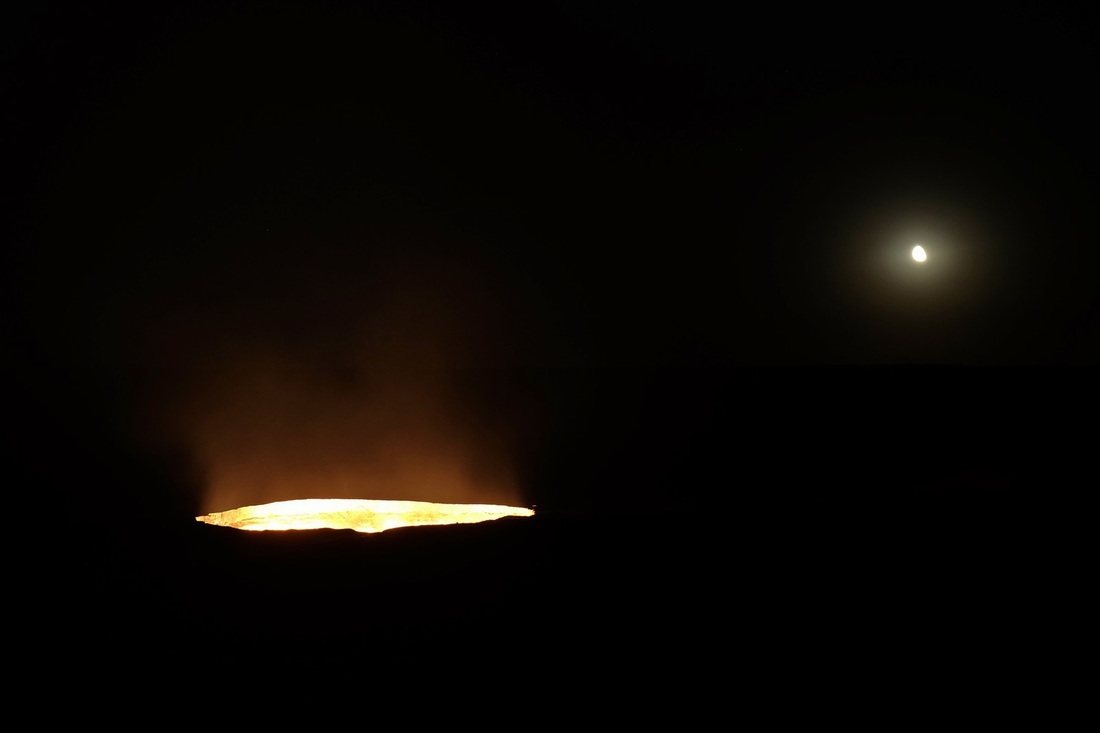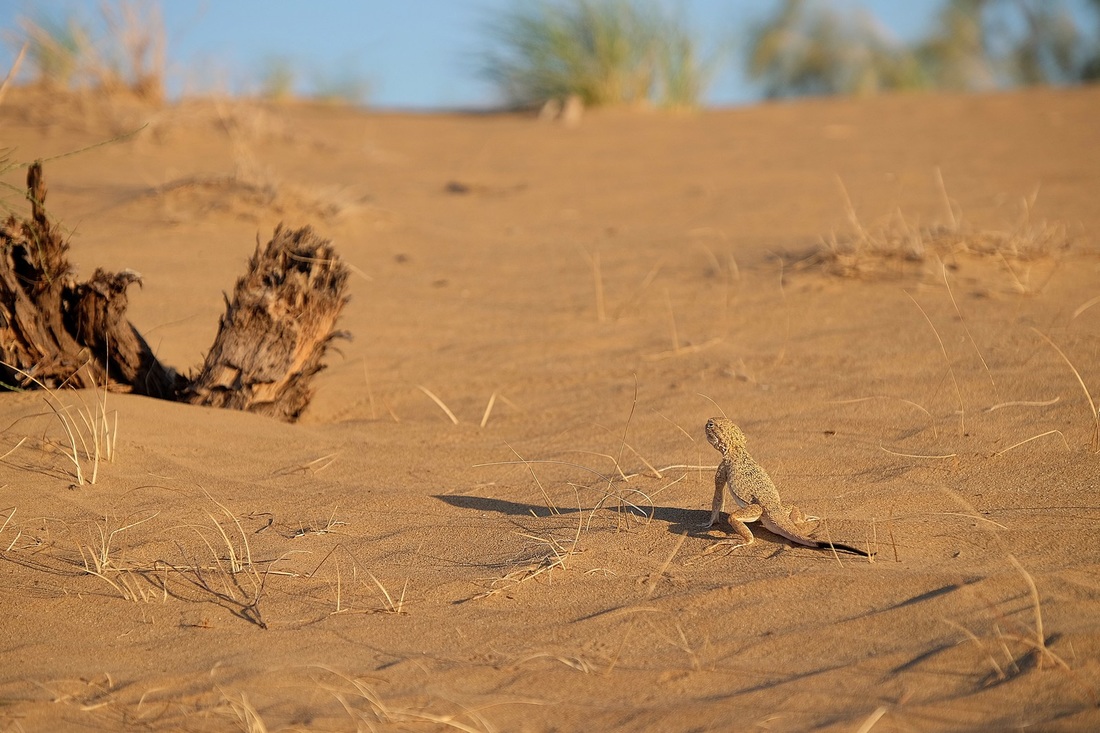T plus 57 - Darvaza (Turkmenistan)
Well, it ain’t the pearly gates, that’s for sure! This was one of the most interesting things I’ve done on this trip. Not just because I got to see it for myself, but also for the satisfaction of getting there. Nope, going to hell isn’t as easy as one may think. Like its more celestial counterpart, you’ve got to earn your way there. More on this in a second.
So how did this happen in the first place? Did someone puncture a giant reservoir of combustibles, light a match and throw it in? Well, surprise-surprise that’s more-or-less exactly what transpired! In the 1950’s and 1960’s, the Soviets were poking around this area, prospecting for gas deposits. They came across what they thought was a normal-looking underground gas pocket. And according to SOP, they set it alight so that they could drill safely once the gas close the surface had burnt off.
It’s been burning since. For the past 50 years!
Ok, so how does one go to hell (and come back)? Well, first you’ve got to get yourself into Turkmenistan. No mean feat in itself. I posted a 20-step process earlier. Then, you’ve got to find the damned thing in the middle of the Karakum desert. If we scale things down, to put things into context, it’s like looking for a wormhole in Yankee Stadium.
There are two ways of doing this. The pay-silly-money-and-oh-I’m-there easy way for rich tourists with limited time. Or the proper blood-sweat-tears-and-toil way. The first option just involves finding a travel agent in any of the major cities, and they’ll charge you something like USD200 per car, but will provide tents and amenities for the overnight stay. And the guides will hold your hand at night if you’re afraid of the dark.
I took a minibus from Dashogus (where I crossed the border from Uzbekistan), had them drop me on the side of the road in the vicinity of the gas crater, waited for nightfall in an isolated teahouse, and walked about 6km to the crater. In the dark of the desert night, with a few bottles of water, a torchlight, a compass, a sleeping bag liner and my camera.
This is slightly fraught-with-danger for several reasons. 1. It’s really easy to lose all sense of time, orientation and distance in the desert. 2. There were no roads, no sign-posts and no one to help you if you lose your way. 3. Yes, there is a faint orange glow on the horizon from the burning crater to help you find it at night, but in the daytime, all you have is your compass, and the sun’s location for guidance to find your way back!
I thought carefully about the what-ifs (and there are many) but decided to go ahead anyway. And it turned out to be one of the most rewarding experiences of this trip. It helped that the elusive cloudless, moonless, super-starry desert night which I’ve been waiting so long for finally materialised. I’ve never seen so many stars, with such clarity, and in such perfect context. But it was the trepidation of navigating the desert terrain in the dark, alone, which made it the real deal for me. And when I crested the last sand dune, the sight of this enormous cavity in the ground alive with dancing flames just stopped me dead in my tracks. It was a proper “oh wow” moment, and an ending worthy of the journey I took to get there.
From the teahouse, wait until nightfall and a faint orange glow will appear on the eastern horizon. Take a deep breath and walk towards it.









